I've spent the last three years volunteering at my local forest preserve, working to remove invasive plants that were introduced by early settlers. Our ultimate goal is to restore the forest to its original state, filled with native plants. Through this work, I've gained a deeper understanding of the importance of native plants for our local habitats. Native plants play a crucial role in supporting native wildlife, as they provide essential food and habitat. In return, wildlife helps native plants thrive through processes like pollination and seed dispersal, creating a beautifully balanced relationship.
It's worth noting that native plants and wildlife work together to produce oxygen, purify water, sequester carbon, and prevent flooding. These vital services sustain not only us, but all living beings on this planet.
Inspired by this cause, I've shifted my focus to my own garden, incorporating more native plants to support the local wildlife. I've also been reading Doug Tallamy’s book, Bringing Nature Home, which emphasizes how native plants sustain wildlife. With rampant human development encroaching on wild spaces, it's essential to reevaluate how we approach gardening. By reducing the size of our lawns and introducing more native plants, we can help wildlife coexist with human development.
Tallamy's book also challenges the notion of mass extinctions by suggesting that many local species can thrive alongside humans if their basic ecological needs are met. One aspect I love about the book is its practicality. Tallamy guides on what to plant based on your region, what birds need to eat to survive, and the importance of insects for our survival.
For more information on planting native species and supporting your local ecosystem, check out the resources Tallamy has created at www.homegrownnationalpark.com.
P.S. I love the bee popping in for the photo opp. So apropos.


